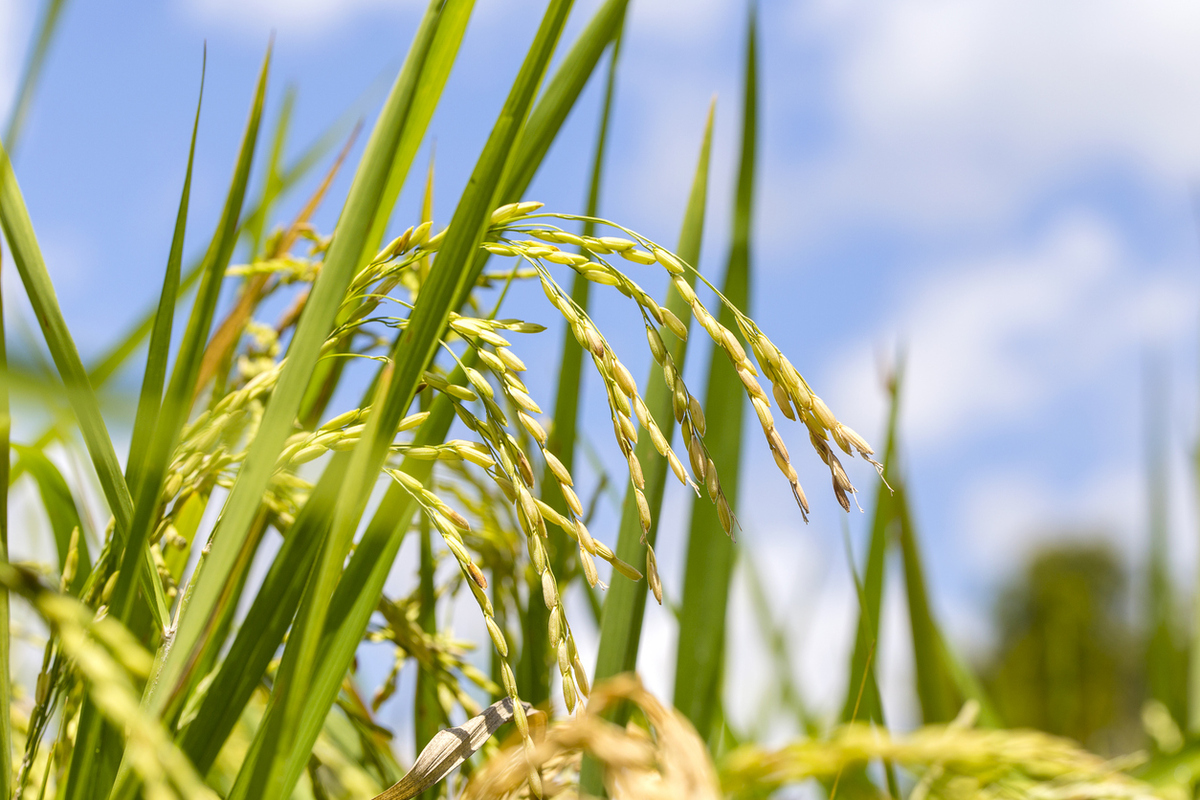
Gene Editing Improves Oleic Acid and Stabilizes Bran Oil in Rice
April 30, 2025| |
Researchers from Jiangsu University and partners found that editing the OsFAD2-1 gene in rice using CRISPR-Cas9 significantly increased the oleic acid content and reduced linoleic acid levels in rice bran oil. The findings of the study highlight the potential of gene editing in improving both the health value and processing quality of rice.
Rice is a globally important food crop, and its bran oil is valued for its balanced fatty acid profile and health benefits. However, its naturally low oleic acid and high linoleic acid levels limit its oxidative stability and shelf life. Enhancing oleic acid content is crucial, especially for high-performing varieties with desirable agronomic traits, to make them competitive in health-conscious markets.
In this study, the researchers used CRISPR-Cas9 to knock out the OsFAD2-1 gene, a key player in fatty acid conversion. They produced two transgene-free homozygous mutant lines by targeting this gene in the Suken118 variety. These lines showed elevated oleic acid levels, reduced linoleic acid, and retained normal plant growth and grain quality traits under field conditions. The results of the study confirm the precision and effectiveness of gene editing in improving rice oil quality without compromising yield or plant structure.
For more information, read the article from the Journal of Integrative Agriculture.
| |
You might also like:
- Gene-edited High Oleic Soybean Oil Now Available in the US
- High-oleic Tobacco Seed Oil for Bio-diesel Produced Using CRISPR-Cas9
- HKU Plant Scientists Identify Strategy to Enhance Rice Grain Yield
Biotech Updates is a weekly newsletter of ISAAA, a not-for-profit organization. It is distributed for free to over 22,000 subscribers worldwide to inform them about the key developments in biosciences, especially in biotechnology. Your support will help us in our mission to feed the world with knowledge. You can help by donating as little as $10.
-
See more articles:
-
Gene Editing Supplement (April 30, 2025)
-
Research and Tools
- UCLA and UC Berkeley Scientists Develop Tiny CRISPR Tool for Faster, Simpler Plant Genome Editing
- INRS Researchers Discover New Tool for Cutting Single-stranded DNA
- Gene Editing Improves Oleic Acid and Stabilizes Bran Oil in Rice
- Enhancing Transformation of South Korean Maize Cultivar with CRISPR
-
Read the latest: - Biotech Updates (November 5, 2025)
- Gene Editing Supplement (October 29, 2025)
- Gene Drive Supplement (February 22, 2023)
-
Subscribe to BU: - Share
- Tweet

